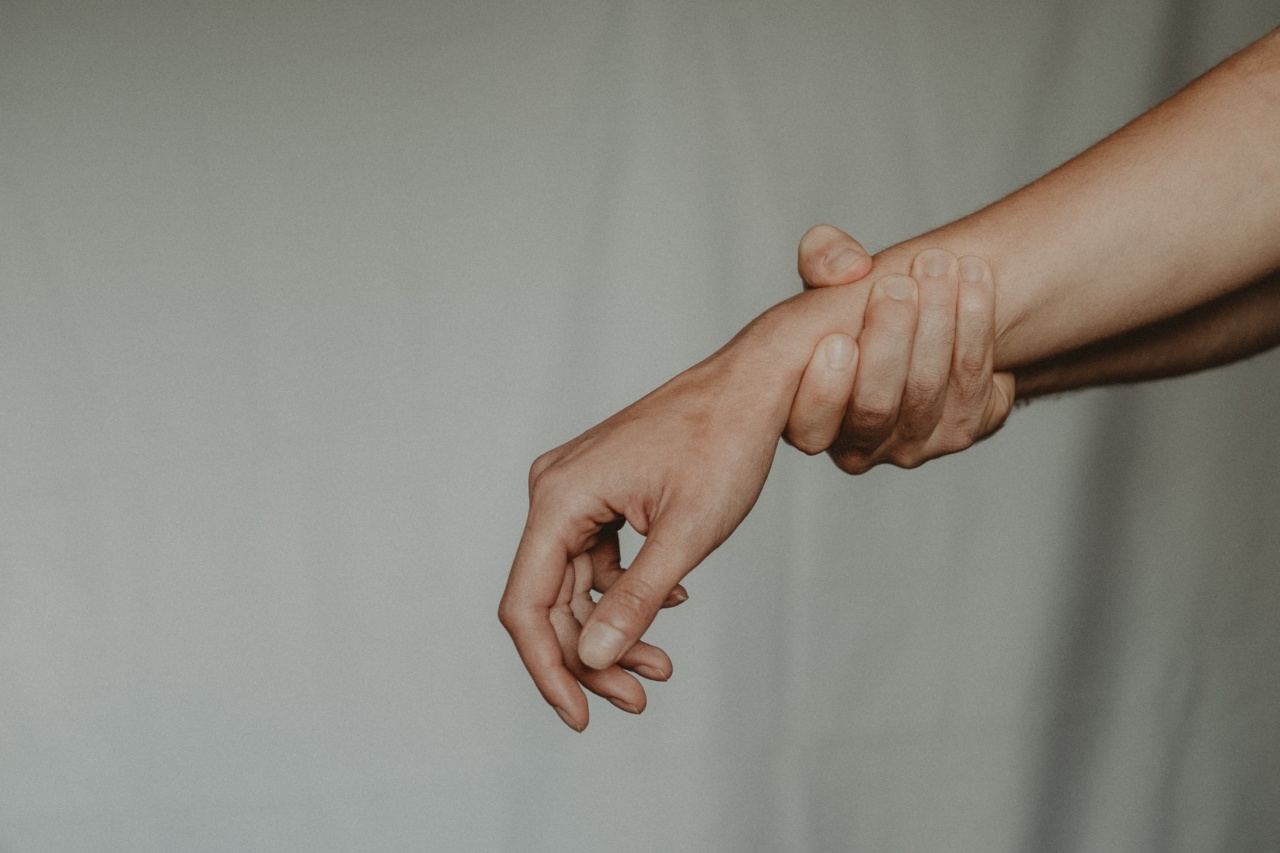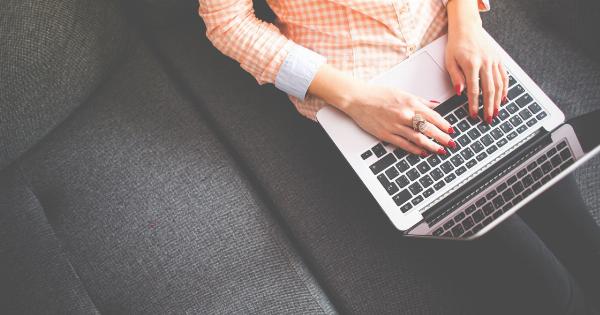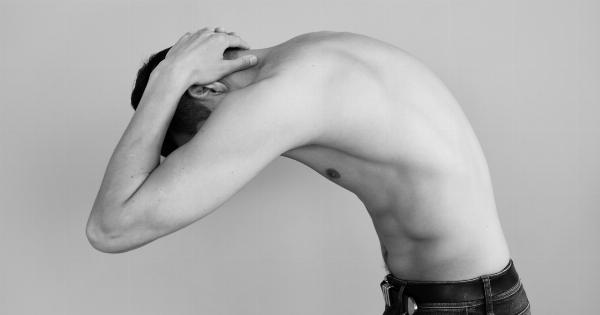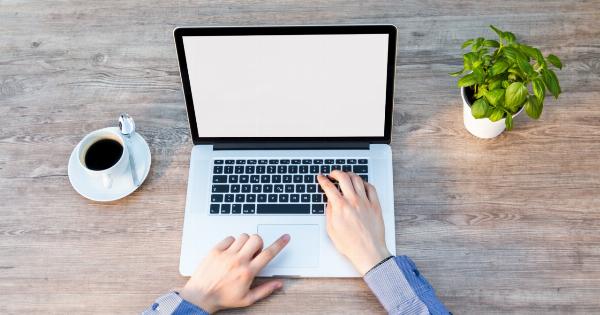Many of us are used to using our dominant hand for most activities, such as writing, typing, and carrying things. However, this often leads to neglecting the other hand, which can cause issues in the long run.
The non-dominant hand may experience pressure, strain, and even pain if not given the proper attention and care. In this article, we will explore the importance of acknowledging the pressure on your non-dominant hand and ways to relieve it.
Understanding the Pressure on Your Non-Dominant Hand
Pressure on the non-dominant hand often results from over-dependence on the dominant hand, leading to muscle imbalances and uneven use of the body.
The non-dominant hand may have to compensate for the lack of use in the dominant hand, leading to pressure and strain.
Additionally, activities that require prolonged use of the non-dominant hand, such as carrying a heavy bag or using a computer mouse, may also cause pressure. The pressure can lead to pain and discomfort, which can be debilitating if left unaddressed.
The Consequences of Ignoring the Pressure on Your Non-Dominant Hand
Ignoring the pressure on your non-dominant hand can lead to a range of issues, including:.
1. Pain and Discomfort
The pressure on your non-dominant hand can cause pain and discomfort, making everyday activities difficult and painful to perform.
2. Reduced Mobility and Flexibility
Pressure and strain on your non-dominant hand can cause reduced mobility and flexibility, which can impede your ability to perform basic tasks that require hand movements.
3. Musculoskeletal Disorders
If left unaddressed, the pressure on your non-dominant hand can lead to musculoskeletal disorders such as carpal tunnel syndrome, which can be painful and long-lasting.
Ways to Relieve the Pressure on Your Non-Dominant Hand
Fortunately, there are ways to relieve the pressure on your non-dominant hand, including:.
1. Exercise and Stretching
Exercise and stretching can help to relieve the pressure on your non-dominant hand by promoting flexibility and relieving tension in the muscles.
2. Using Ergonomic Equipment
Ergonomic equipment, such as a mouse or keyboard, can help to reduce the pressure on your non-dominant hand by promoting a natural posture and reducing strain.
3. Alternating between Hands
Alternating between using your dominant and non-dominant hands can help to balance the pressure on both hands and reduce strain on the non-dominant hand.
4. Resting Your Hands
Taking regular breaks and resting your hands can help to relieve the pressure on your non-dominant hand and promote overall hand health.
Conclusion
Ignoring the pressure on your non-dominant hand can lead to a range of issues, including pain, reduced mobility, and musculoskeletal disorders.
However, by understanding the pressure on your non-dominant hand and taking steps to relieve it, you can promote overall hand health and prevent long-term issues.




























